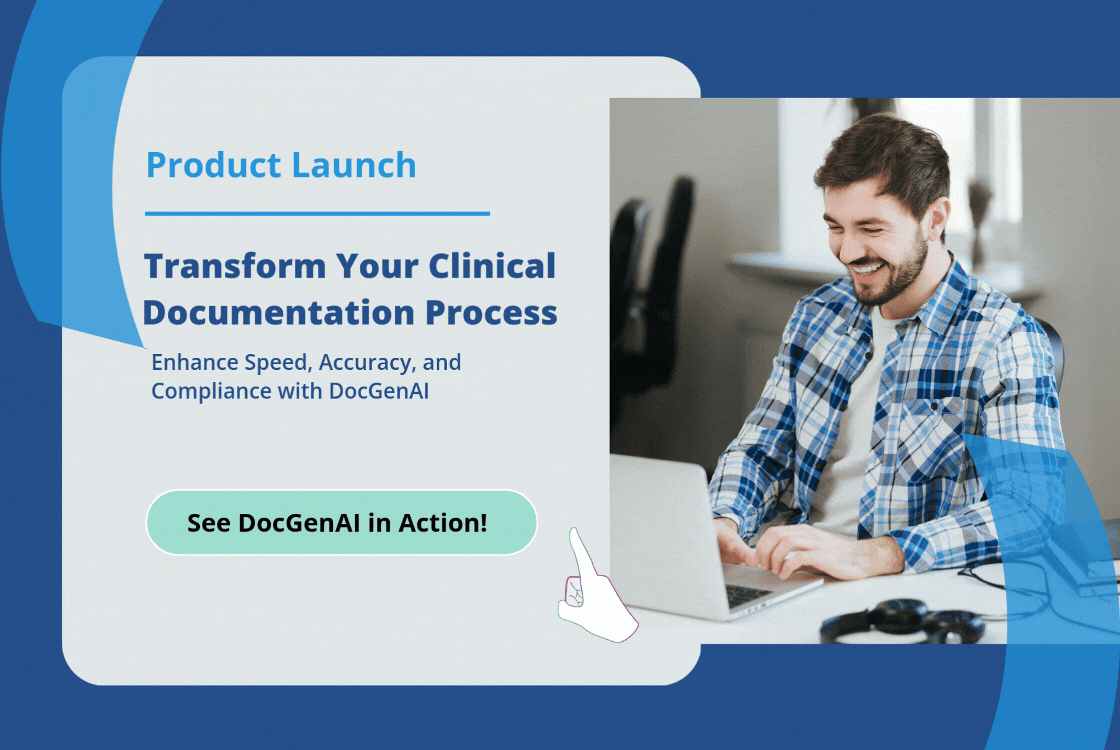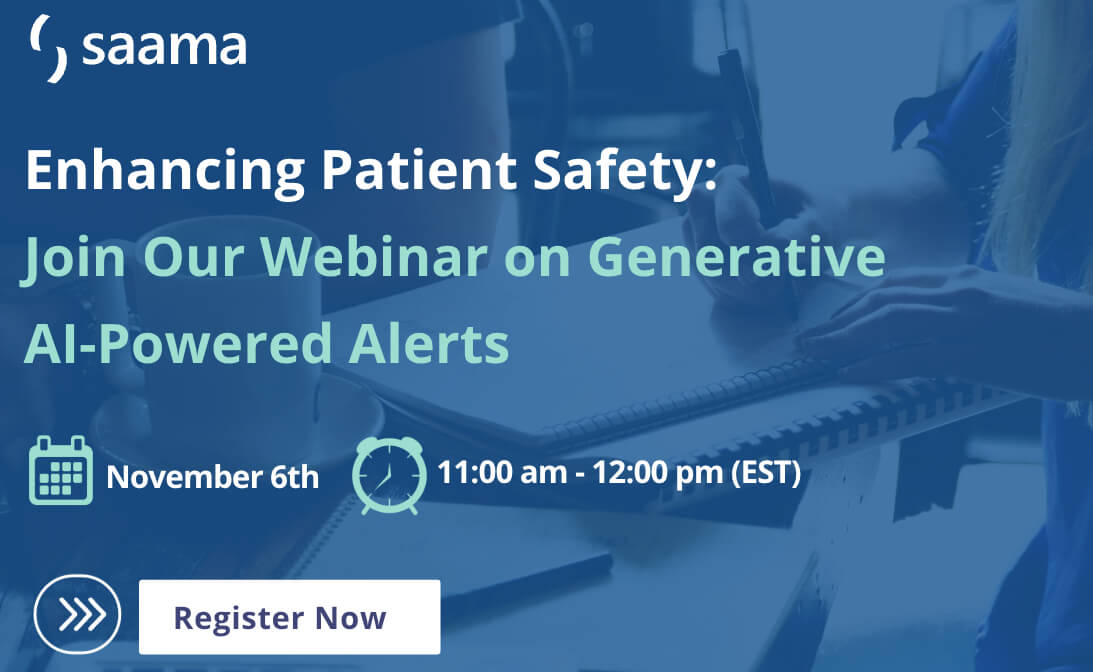We’ve explored what generative AI is and how it works in our previous blog post. Now, let’s examine some practical applications and use cases for GenAI in our everyday lives. On a daily basis, we often interact with Generative AI without even realizing it.
Have you ever written an email and received suggested text for completing a sentence? That’s GenAI. Most, if not all, of us have interacted with a business chatbot on a website. GenAI produces its responses. But those are far from the only practical applications of GenAI, let’s take a closer look at some other, more specific examples.
A quick recap on GenAI
If you’re not familiar with it, we’d recommend reading our previous blog post for a thorough understanding. But, if you’re just looking for the basics, here’s a quick recap. GenAI consists of algorithms that can create new content based on prompting. GenAI models can create text, images, videos, code, and more based on their data and training.
Practical applications of Gen AI
In their report titled “The Economic Potential of Generative AI”, McKinsey estimates the economic potential of GenAI to be between $2.6 – $4.4 trillion annually. GenAI can be used to augment and speed up almost any aspect of a creative or technical process. While it’s primarily used in text applications at the moment, there are five primary application categories for Gen AI, these are:
- Audio applications
- Visual applications
- Text applications
- Conversational applications
- Data augmentation
Audio applications
GenAI models can use algorithms and machine learning to create new sounds from existing or inputted data. Practical examples include generating music, songs, and even soundtracks for movies and games, audio clip restoration and enhancement, audio captioning and speech-to-text transcription, and speech synthesis and voice cloning.
Visual applications
GenAI can produce, modify, and analyze visual content (like images and videos). Use cases and practical applications for visuals include content generation like generating a video or image, image and video enhancement, virtual reality and simulation generation for entertainment and training, and data generation and augmentation for video-based ML projects.
Text applications
Large language models (LLMs) can use ML to generate new text from training data and prompt parameters. LLMs can be used for language translation, content creation like writing a book or business copy, text summarization, and powering chatbots and virtual assistants.
Conversational applications
Conversational AI facilitates natural, humanlike conversations between people and AI systems. Conversational AI has several applications including natural language understanding (NLU), natural language generation (NLG), speech recognition, and dialogue management.
Data augmentation
GenAI can create new, synthetic data points that can be added to already existing datasets. This is commonly used in ML and deep learning applications to improve an AI model’s performance by increasing the size and diversity of the training data used.
Data augmentation use cases include medical imaging, natural language processing (NLP), computer vision, training of autonomous systems like cars and drones, and time series analysis.
Conclusion
While the use cases and potential for GenAI are practically unlimited, it’s vital to remember that it’s still an AI tool – subject to errors, biases, and inaccuracies. That’s why it’s crucial to always have a human overseeing and reviewing any GenAI outputs and making the final call on all decisions made.
Learn more about how gen AI can enhance the speed and efficiency of clinical development and trial management in our blog. Want to learn more about how Saama utilizes GenAI in its proprietary suite of AI solutions for clinical trials? Book a demo with us and we’ll walk you through it.

